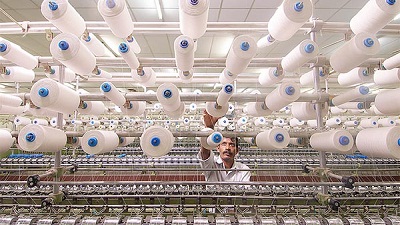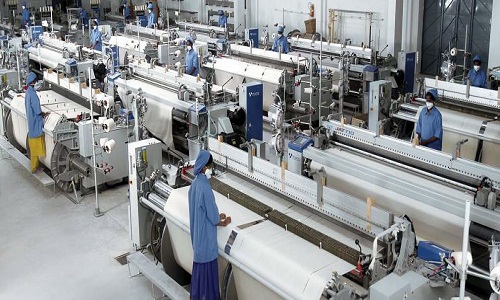"India’s textile industry is big and growing with 50 million spindles installed. The government has set an ambitious target to boost its share of global textile trade from 5 per cent to 20 per cent. The expert panel delivered a practical and authoritative analysis revealing some often surprising and challenging requirements for successful yarn production."

The shared experience of top textile executives, a global-scale retail group and leading provider of textile quality management technology at an event organised by Uster Technologies recently gave a unique insight into the Indian textile industry. Organised by Uster Technologies, the three day event was for market forecasts, valuable business intelligence and realistic analysis of problems and solutions combined to draw up a ‘Roadmap for the Future’ for India’s spinning mills. Adaptability, attention to quality issues, value added product mix, sustainable manufacturing and focusing on consumer demands were the key recommendations from a forum of experts.
Expert insights on growth and sustainability

India’s textile industry is big and growing with 50 million spindles installed. The government has set an ambitious target to boost its share of global textile trade from 5 per cent to 20 per cent. The expert panel delivered a practical and authoritative analysis revealing some often surprising and challenging requirements for successful yarn production. The panel comprised S K Khandelia, President, Sutlej Group; Calvin Woolley, Global Supplier Development Leader, Ikea, Iris Biermann, Head of Textile Technology, Uster Technologies; and David McAlister, Product Manager Fiber Testing, Uster Technologies. The event attracted 25 high-level participants, including directors and promoters of 25 mills from all over India.
Khandelia provided a telling and hard-hitting account of the key issues and options for Indian spinners today. His experience as the head of a group of four mills producing 300 tons of yarn per day is significant, and he first outlined the problems mills face in adapting to new market trends. This was often restricted, he said, by the existing plant design and set-up, which prevented innovations that did not fit with the mill’s capabilities. However, dramatic solutions could be found, as when, early in his career, he rescued a 200,000-spindle mill earmarked for closure by initiating product diversification instead.
Exceptions, benchmarking and ROI
Khandelia emphasized the need for focus in managing the business. He said, if we can handle the exceptions, it is enough, but we also know that benchmarking against international standards and best practices is a must, to differentiate our company from competitors.
Ensuring an adequate return on investment (ROI) was also essential. Khandelia revealed his company’s requirement to earn at least 20 per cent ROI - since 11 per cent would be swallowed up by interest. One strategy to cope with instability in raw cotton prices had been to switch towards blends, fancy yarns and mélange yarn to minimize the risk and to complement India’s acknowledged strength in cotton against competition from China and Pakistan by creating a sustainable product mix.
Ikea is the world’s largest furniture retailer, with a strong commitment to cotton and a policy of working closely along the entire production chain. At the event its representative Calvin Woolley forecasted that India has recently overtaken China as the world’s largest cotton producer has the potential to be the leader in cotton yarn production too. For Ikea, spinning is one of the key points in the value chain. Woolley said, when the cotton price exploded 2011 they had to look for alternatives - especially blends, to which the market thankfully responded more readily than in the past. For the same reason, air-jet and open-end spinning are taking a bigger share of production from ring spinning.
Consumers drive the quality message
According to David McAlister of Uster Technologies, mills were now having to operate in a consumer-led marketplace rather than merely offering up an existing product range to their customers in spinning and weaving. Consumers now define the type of products they like and the performance they need, he said.
Said Uster’s Iris Biermann, in some cases, spinning mills needed to be more aware of the implications of using different yarn technologies and other fiber types. It is important to design a yarn according to the end-product requirements, not forgetting vital parameters such as pilling behavior, she added.
The panel discussion was part of a three-day Uster Quality University which also featured a series of workshops and presentations, targeted at improving the knowledge, performance and future prosperity of the sector in today’s increasingly demanding and competitive markets. Talking about the event said V R Rathnam, Head Uster Technologies India that in the course of the event, it became clear that key people from leading Indian spinning mills are well-equipped to keep textiles in India as a growing industry.












